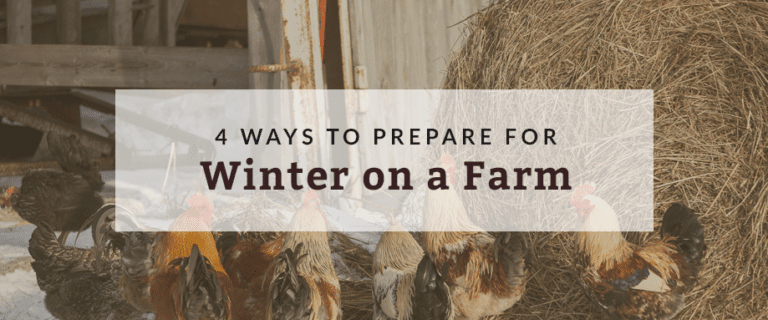Planning Your Spring Garden
Maybe it’s still cold outside, but now is the time to prepare if you want to plant a garden in the spring. Don’t worry; you don’t need to spend a lot of time outside just yet. We’re in the planning phases now. Start with a list of the vegetables you want to harvest, and we’ll help you get moving.
Group the Crops
If you want to try several different vegetables this season, you may need to plan three or four plots. Those with the same needs should be grouped together. This means leaf veggies like lettuce, cabbage, Brussels sprouts, cauliflower, and broccoli go together in one plot. The next could host root crops like carrots, potatoes, beets, and parsnips. The third is for your beans and other legumes. If you want a fourth, you can grow tender vegetables like squash, corn, and tomatoes.
Prep Your Soil
You can’t just march outside when spring arrives and start digging up the cold, hard ground. You’ll need good soil that’s rich in nutrients if you expect to see your vegetables grow. Don’t worry about some of the creatures you’ll find, as worms, centipedes, and even fungi contribute to a rich ecosystem.
Your topsoil should be at least one foot deep. Start now by turning the soil to open it up to sunlight and water. You can include compost, leaves, and manure to add those nutrients the soil may lack.
Keep in mind that clay soils, which are prevalent in the south, may require additional cultivation. More organic matter and some sharp sand can help dry the soil and provide a better drainage system.
Save Money Now
Start now by seeking out containers to catch water. The summer months can be pretty dry, so you want a way to keep your garden irrigated. Mulching your garden can also help those veggies get some more water, so start accumulating leaves, twigs, and wood chips now.
You can also start a compost heap now. Because compost can take up to six months to mature, you may not get much use out of your fertilizer now, but you’ll save money during next year’s gardening season. It is possible to see mature compost within three months. You’ll know it’s ready when it’s dark brown and crumbly like dirt.
With these tips, you’ll be ready to go when spring arrives. Happy gardening!







